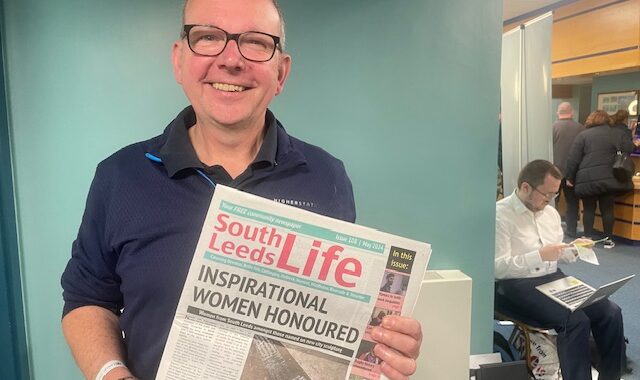Sara Moseley is handing over the baton as academic lead for the Centre for Community Journalism to Professor Justin Lewis this week. As she becomes Director of Mind Cymru, she reflects on what makes community journalism so important.
The importance of community journalism in Wales
As Director of Communications for the Welsh Government in the noughties, one of the defining challenges was engaging with people in all parts of the country. As devolution developed, more and more decision-making came closer to home. The lack of a truly national media – other than broadcast – makes local and community news vitally important here. But, the same as everywhere, there were precious few with the resources to cover decision making, especially at a local level. And so my interest in community, hyperlocal, local journalism – call it what you will – was strengthened, as was my conviction that it has a crucial role to play in an accountable, healthy, democratic society.
Back then, I remember holding a joint briefing for senior civil servants and academics from Cardiff University with Prof Justin Lewis, then-Head of School at Cardiff University’s School of Journalism, Media and Cultural Studies. We were clear about the need to engage far beyond the usual suspects. Indeed, when it came to holding a conversation with the people of Wales on granting further law making powers every community, every ‘papur bro’ and other community news outlet was crucial.
Coming to Cardiff University
So, I was delighted when I had the opportunity to come to Cardiff University’s School of Journalism, Media and Cultural Studies on secondment to develop new initiatives, including the Centre for Community Journalism, in 2013. And I have loved it. I recently wrote about the changes that we have witnessed in community journalism during that time. There is more recognition of the power and potential of hyperlocal journalism than ever before. This is supported in part by the statistics that are so much more readily available for digital channels and by the recognition that this is one of the best ways to hold a conversation about what is happening locally.
Strength in numbers
But with that comes the need to have a stronger voice to advocate for policies and financial support and to punch our weight alongside traditional regional media groups. Many of the latter are doing interesting and innovative things online. But whilst they are drawing in new audiences, they don’t necessarily have the range and depth of local knowledge, warmth, insight and connections that I have witnessed over and over amongst community journalists. And they don’t have the commitment and passion for place and people that comes from belonging and knowing.
But to be economically viable – and not all hyperlocals want to make money by any means – it seems to me that there is great promise in banding together. Better and more standardised analytics on audience reach and engagement levels; packages for advertising and sponsorship which incorporate much larger areas; guaranteed quality control and adherence to a set of editorial standards; shared back-room functions – these could all be so valuable. And I very much hope that C4CJ can play a central role in supporting journalists in the future together with Nesta, Talk About Local, Carnegie UK Trust and others. I hope that the result will be a thriving community news sector which enriches individual areas and comes together to create an impact across the UK.





